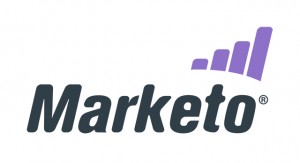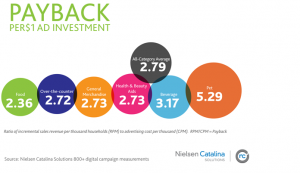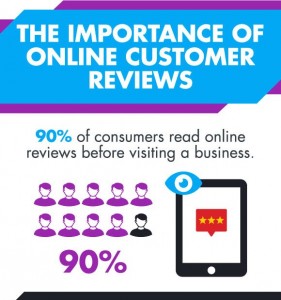When everyone has access to AI, the competitive advantage comes from whether you can use it more strategically.
Almost every business today has access to similar AI tools, but outcomes are going to differ significantly based on how they apply the technology. Results depend not just on the AI you’re using, but how you integrate it into your existing tech stack, processes, and strategy.
AI is incredibly good at gathering and analyzing huge volumes of customer data. And of course this allows you to improve areas such as customer experiences like never before. But the tool is only as good as the way it’s used, and that’s where integration comes in.
Why focus on having the best AI integrations?
When we talk about AI in the context of business, it’s easy to get caught up in the excitement of the technology. But the competitive value of AI in business lies in how it meshes with your existing tools and processes, transforming data and technology architecture into competitive assets.
Take HubSpot and Lavender AI, for instance. HubSpot, of course, is one of many widely used platforms for marketing and sales. When integrated with Lavender AI, it can transform your email communication. This combination allows for deeper insights into customer interactions, ensuring your emails are more effective and personalized.
Similarly, the integration between Sybill AI and HubSpot can take your CRM beyond just recording meetings. It actively moves deals forward based on AI interpretations of call outcomes, making your sales process more efficient and data-driven.
The trick isn’t about having the fanciest new AI tech, it’s about leveraging integrations to enhance decision-making, streamline workflows, and personalize customer experiences. It’s about making sure that the system can talk to, learn from, and inform every other part of your business, from marketing and sales to customer service and finance.
Build or buy?
Even a state-of-the-art custom AI tool won’t help you get ahead if you don’t have the internal processes to leverage it. Of course, not every business has the time, resources, or expertise to design and optimize their AI-based tech stack, which is why it’s become so much more helpful for businesses to run on more comprehensive platforms.
For example, as any HubSpot users reading this are aware, the company has integrated AI into just about every aspect of the platform, most notably with their ChatSpot solution, which exists as a conversational ChatGPT-style chatbot (which can access, summarize, and filter your data however you need).
That’s not to mention all the CRM-related tasks it helps with, from drafting emails to building reports or whipping up CRM records. Rather than let users worry about continually managing a complex AI tech stack in the face of constant technological updates, HubSpot has made easier to leverage AI and integrate it intelligently.
This provides the real value in AI integration: the opportunity to creatively apply AI to thoughtful sales efforts or marketing strategies and then evolving iteratively from there.
So how do you make sure your organization is getting the most from AI?
Three ways to be more strategic about AI integrations in 2024
No more vague goals
Any AI-based marketing effort needs to have specific and clear objectives. Instead of fuzzy goals like “boosting sales,” it’s more effective to target precise outcomes such as “reducing the time customers wait” or “increasing the rate of accepted product suggestions.” This approach ensures that the efforts are focused and more likely to give you tangible results.
No more vague processes
This is about understanding and defining what AI will be used for and how it will be used in your business. Establish a straightforward process that can be consistently applied and scaled up as needed. This ensures that the use of AI is not just a one-off effort but a repeatable and scalable part of your business strategy.
Stay agile with your AI tech stack
The world of AI technology moves fast, and businesses need to stay adaptable, so avoid getting too locked into one system or setup. By staying flexible and open to new AI tools and updates, businesses can ensure they’re always using the best available technology, keeping them ahead of the curve and responsive to changes.
Looking ahead: more holistic AI systems, and more AI tools than you can count
The AI landscape is exploding, so there is no shortage of tool options for your organization. Businesses have a skyrocketing number of applications for processing text, video, audio, image, coding, and data, so even simple “state of AI” maps like this will quickly become outdated, especially as most capabilities will get built or acquired by larger tech companies and integrated into ever aspect of the platform, as we’ve seen happening with everything from HubSpot to Microsoft.
With more platforms integrating AI to enhance every facet of their systems, this integration represents a future where AI is not just an add-on but a core component that evolves and grows with the platform. As with every other version of AI that’s been introduced in the past (looking at you, automation), eventually we’ll stop registering it as AI at all.
Looking further ahead though, we see a trend where AI’s role goes beyond automation and more into areas like decision-making. Language models alone still lack the human judgment necessary to handle important decisions, but with the way things are going, you might just be a few well-placed AI integrations away from a tech stack that moves and reacts as nimbly as you do.
For a deeper dive into specific use cases for AI in sales and marketing, check out our recent AI webinar below.
The post Why integrations will be critical to AI in 2024 appeared first on MarTech.
MarTech(19)
Report Post







